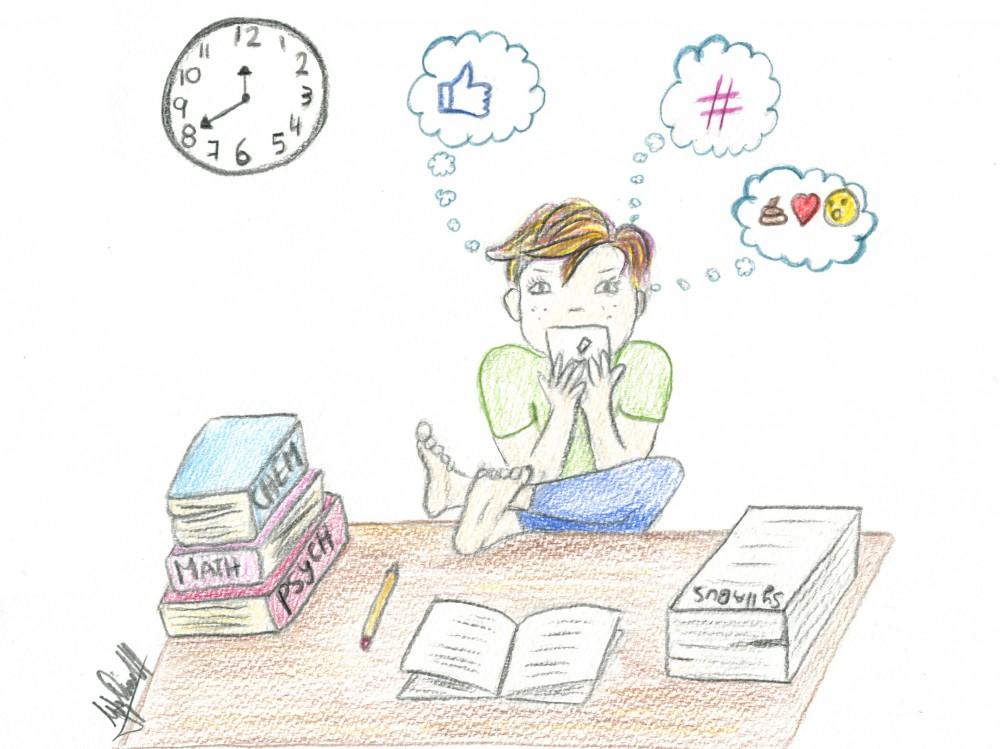Understanding Where Our Beliefs Come from and How Beliefs and Perceptions are formed.

Understanding Where Our Beliefs Come from and How Beliefs and Perceptions are formed.
Our beliefs aren’t always as conscious as we think they are.
We may very well accept an idea on the surface, but if we don’t believe it’s possible deep down, then our acceptance is just an intellectual process.
Because calling upon the placebo effect requires us to truly change our beliefs about ourselves and what’s possible for our bodies and health, we need to understand what beliefs are and where they come from.
Suppose a person goes to the doctor with certain symptoms and is diagnosed with a condition based on the physician’s objective findings.
The doctor gives the patient a diagnosis, prognosis, and treatment options based on the average outcome.
The moment the person hears the doctor say “diabetes,” “cancer,” “hypothyroidism,” or “chronic fatigue syndrome,” a series of thoughts, images, and emotions is conjured up based on his or her experience.
That experience could be that the patient’s parents had the condition, that he or she saw a show on TV in which one of the characters died of that disease, or even that something the person read on the Internet scared him or her about the diagnosis.
Once the patient sees the doctor and hears a professional opinion, the patient automatically accepts the condition, then believes what the confident doctor has said, and finally surrenders to the treatment and possible outcomes and this is done without any real analysis.
The patient is suggestible (and susceptible) to what the doctor says.
If the person then embraces the emotions of fear, worry, and anxiety, along with sadness, then the only possible thoughts (or autosuggestions) are those that are equal to how he or she feels.
The patient can try to have positive thoughts about beating the disease, but his or her body still feels bad because the wrong placebo has been given, resulting in the wrong state of being, the signaling of the same genes, and the inability to see or perceive any new possibilities.
The patient is pretty much at the mercy of his or her beliefs (and the beliefs of the doctor) about the diagnosis.
Is it possible that, whenever people don’t respond to treatment or when their health stays the same, they’re living in the same emotional state every day, accepting, believing, and surrendering to the medical model without too much analysis, based on the social consciousness of millions of other people who’ve done the same thing?
Does a doctor’s diagnosis become the modern-day equivalent of a voodoo curse?
So now, let’s dissect belief a little further, backing up just slightly, to begin with, the following idea:
When you string a succession of thoughts and feelings together so that they ultimately become habituated or automatic, they form an attitude.
And since how you think and feel creates a state of being, attitudes are just shortened states of being.
They can fluctuate from moment to moment as you alter how you think and feel.
Any particular attitude can last for minutes, hours, days, or even a week or two.
For example, if you have a series of good thoughts that are aligned with a series of good feelings, you might say, “I have a good attitude today.”
And if you have a sequence of negative thoughts that are connected to a sequence of negative feelings, then you might say, “I have a bad attitude today.”
If you revisit the same attitude enough times, then it becomes automatic.
If you repeat or maintain certain attitudes long enough and you string those attitudes together, that’s how you create a belief.
A belief is just an extended state of being essentially, beliefs are thoughts and feelings (attitudes) that you keep thinking and feeling over and over again until you hardwire them in your brain and emotionally condition them into your body.
You could say that you become addicted to them, which is why it’s so hard to change them and why it doesn’t feel good on a gut level when they’re challenged.
Because experiences are neurologically etched into your brain (causing you to think) and chemically embodied as emotions (causing you to feel), most of your beliefs are based on memories.
So, when you revisit the same thoughts over and over by thinking about and analyzing what you remember from your past, these thoughts will fire and wire into an automatic unconscious program.
And if you cultivate the same feelings based on past experiences and you feel the same as you did when the event originally occurred, you’ll condition your body to subconsciously be the mind of that emotion and your body will unconsciously be living in the past.
And if the redundancy of how you think and feel over time conditions your body to become the mind, and it becomes programmed subconsciously, then beliefs are subconscious and also unconscious states of being derived from the past.
Beliefs are also more permanent than attitudes; they can last for months or even years.
And because they last longer, they become more programmed within you.
Now let’s move the concept forward a little further.
If you string a group of related beliefs together, they form your perception.
So, your perception of reality is a sustained state of being that’s based on your long-standing beliefs, attitudes, thoughts, and feelings.
And since your beliefs become subconscious and also unconscious states of being (that is, you don’t even know why you believe certain things, or you aren’t conscious of your beliefs until they’re tested), your perceptions of how you subjectively see things for the most part, become your subconscious and unconscious view of your reality from the past.
Scientific experiments have shown that you don’t see reality as it truly is.
Instead, you unconsciously fill in your reality based on your memories of the past, which is what’s neurochemically maintained in your brain.
When perceptions become implicit or non-declarative, they become automatic or subconscious so that you automatically edit reality subjectively.
For example,
- You know your car is your car because you’ve driven it so many times.
- You have the same experience of your car daily because nothing much changes about it.
- You think and feel the same way about it almost every day.
- Your attitude about your car has created a belief about it, which has formed a particular perception about your vehicle that it’s a good car, say, because it rarely breaks down.
- And although you automatically accept that perception, it’s a subjective perception, because someone else may have the same make and model of car as you do, and that person’s car may break down all the time, causing him or her to have a different belief and different perceptions about the same vehicle based on personal experience.
If you’re like most people, you probably don’t pay attention to several aspects of your car unless something goes wrong.
- You expect it to run as it did the day before; you naturally expect your future experience of driving your car to be like your experience, yesterday and the day before that’s your perception.
- But when it malfunctions, you have to pay more attention to it (like listening to the sound of the motor more closely) and become conscious of your unconscious perception of your car.
- Once, your perception of your car is altered because something has changed about the way it drives, you’ll now perceive your car differently.
- The same is true of relationships with your spouse and your co-workers, your culture and your race, and even your body and your pain.
- This is the way most perceptions about reality function.
- Now, if you want to change an implicit or subconscious perception, you must become more conscious and less unconscious.
- In truth, you’d have to increase your level of attention to all of the aspects of yourself and your life that you’ve previously stopped paying much attention to.
- Better yet, you’d have to wake up, change your level of awareness, and become conscious of what you were once unconscious about.
- But it’s rarely that easy, because if you experience the same reality over and over again, then the way you think and feel about your current world will continue to develop into the same attitudes, which will inspire the same beliefs, which will expand into the same perceptions.
Finally,
- Your thoughts and feelings come from your memories.
- If you think and feel a certain way, you begin to create an attitude.
- An attitude is a cycle of short-term thoughts and feelings experienced over and over again.
- Attitudes are shortened states of being.
- If you string a series of attitudes together, you create a belief.
- Beliefs are more elongated states of being and tend to become subconscious.
- When you add beliefs together, you create a perception. Your perceptions have everything to do with the choices you make, the behaviours you exhibit, the relationships you choose, and the realities you create.
- When your perception becomes so second nature and so automatic that you don’t pay attention to the way reality truly is (because you automatically expect everything to be the same), you’re now unconsciously accepting and agreeing to that reality the way most people unconsciously accept and agree to what the medical model tells them about a diagnosis.
- So, the only way to change your beliefs and perceptions to create a placebo response is to change your state of being.
- You have to finally see your old, limited beliefs for what they are records of the past and be willing to let go of them so that you can embrace new beliefs about yourself that will help you create a new future.
Join Enlighten Knowledge WhatsApp platform.
Join Enlighten Knowledge Telegram platform.








